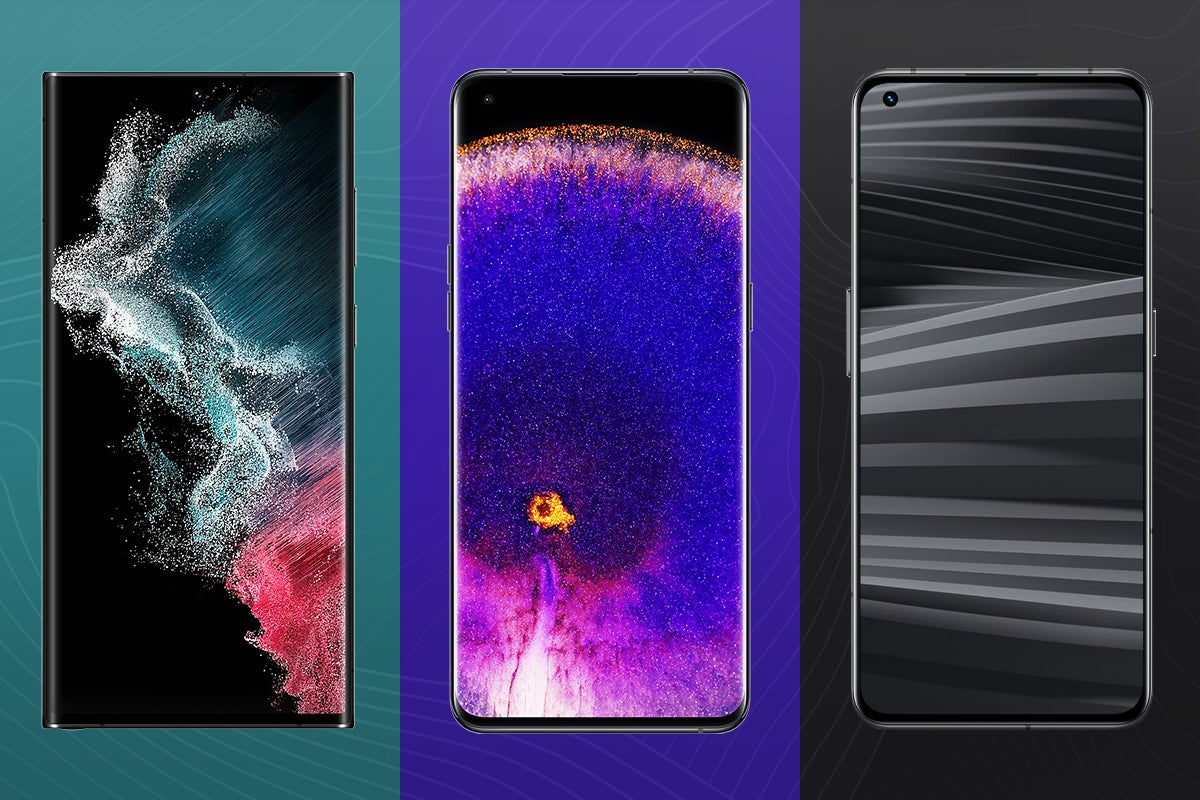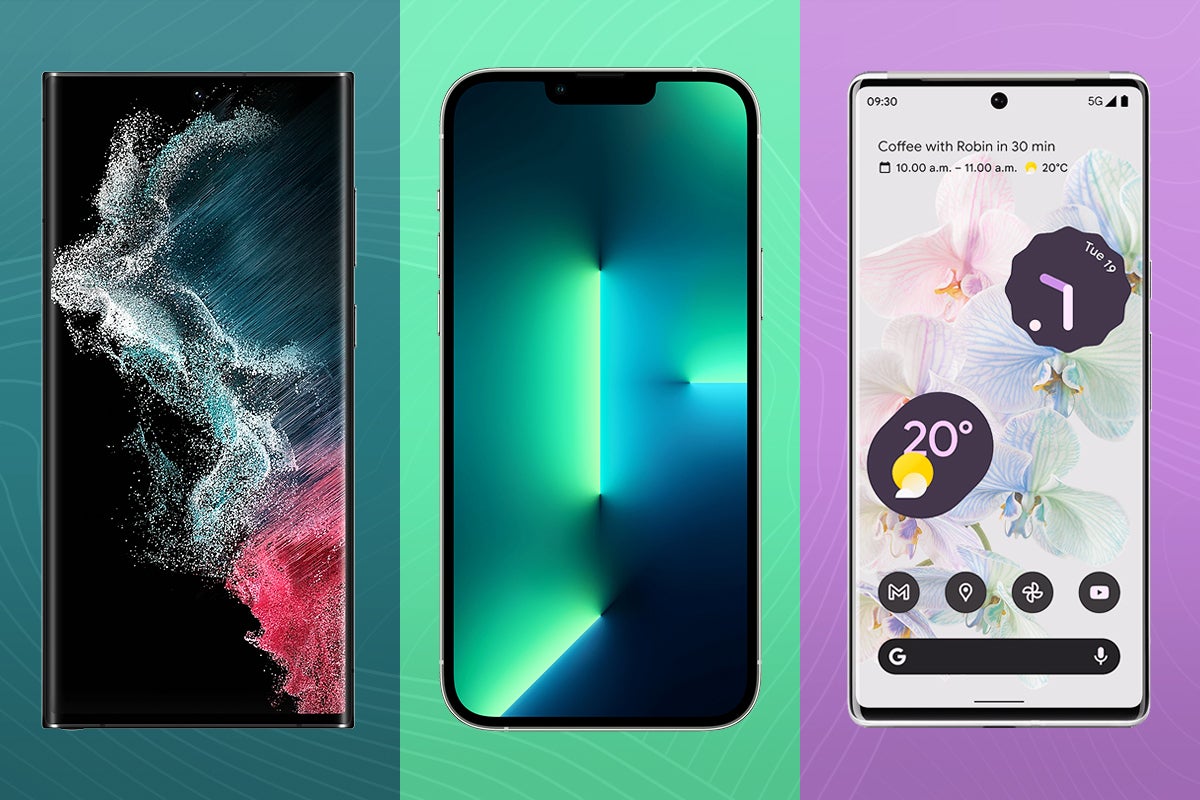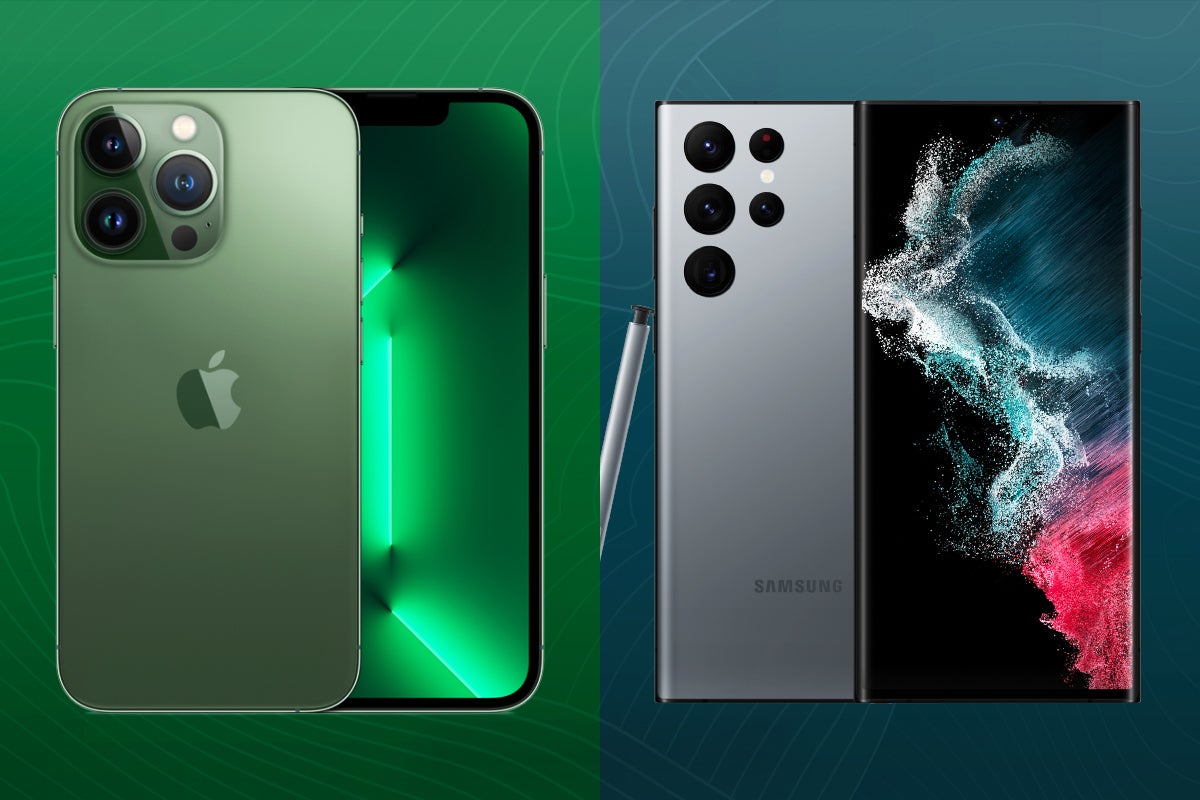Pixel 6 Pro vs iPhone 13 Pro: Which is the most Pro?
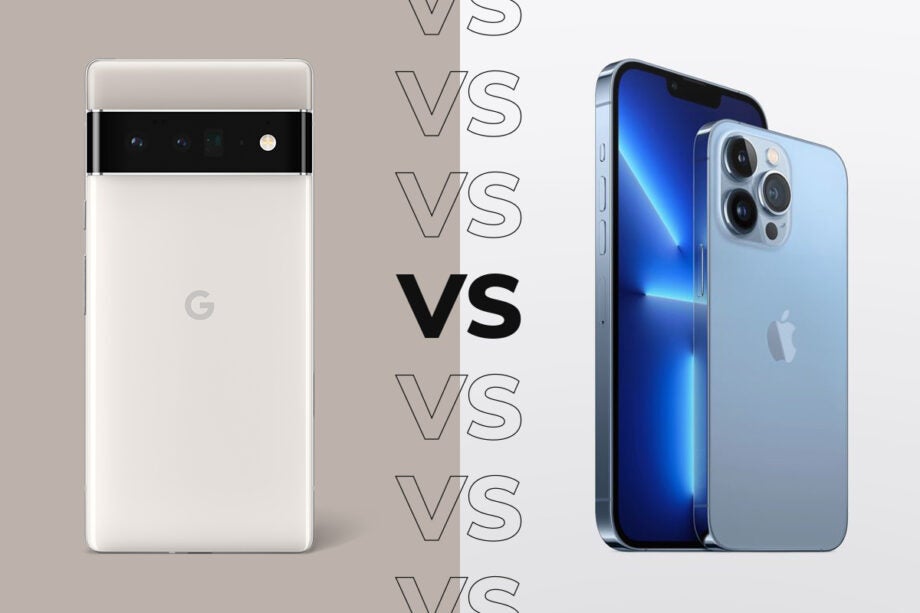
We’re looking back at the two big flagships of 2021 to settle once and for all, which smartphone is the most Pro?
Both the Google Pixel 6 Pro and the Apple iPhone 13 Pro were announced last year, making choosing a new phone model even more complicated.
We wanted to see if the first flagship from Google could take on the smartphone king that is Apple, so we created this guide that will lead you through the biggest technical differences between each model, so you can figure out which phone is best for you.
And since we’ve been able to spend a great deal of time with these smartphones, we’ll be offering up our real-world experience from both models and how we think they fared when put to the test.
Pricing and availability
The iPhone 13 Pro came out in October of last year, with the 128GB storage option ringing in at £949, while the high-end 1TB model costs £1,449.
The Pixel 6 Pro, meanwhile, came out just after the latest iPhone with its prices starting out at £849 for the 128GB model, going up to £949 for 256GB.
These prices are offered up by Apple and Google directly, so do keep in mind that you can likely find all models for less if you’re willing to shop around and find some deals, but in general, if you’re after a cheaper phone then the Pixel 6 Pro is the way to go.
Screen and design
Starting off with Apple, the latest iPhone has a 6.1-inch LTPO OLED HDR Super Retina XDR display with a resolution of 2532 x 1170 with a PPI of 460. For anyone not in the loop, the Super Retina XDR display has been engineered by Apple, with the company claiming that it offers up incredible contrast, high brightness and a more impressive colour gamut.
It is also the first iPhone to boast a 120Hz refresh rate with ProMotion, which is Apple’s variation of adaptive refresh rate. This means that while you’re scrolling or playing a game, the refresh rate will go up to 120Hz for a more fluid experience, but if you were reading a static block of text then it can fall as low as 10Hz to conserve battery.
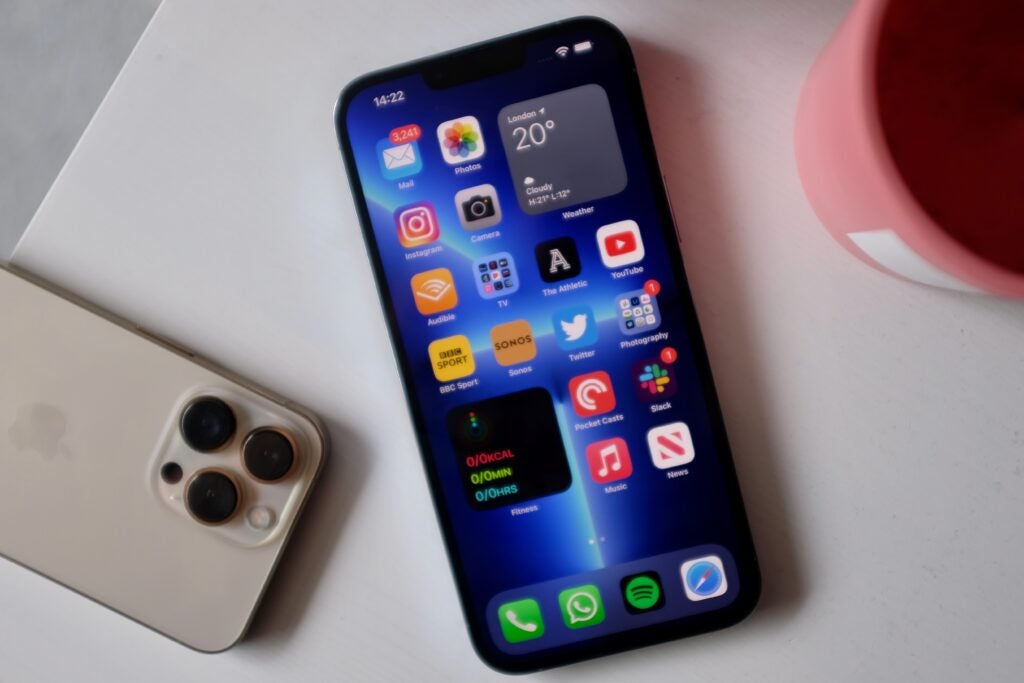
Comparing this to Google, the Pixel 6 Pro packs a 6.7-inch LTPO OLED display with a resolution of 1440 x 3120, 512 PPI and HDR support. Google’s model also has a 120Hz adaptive refresh rate, so the main difference here is that the Pixel has a larger display, which is a subjective feature.
The design of each phone is where the more noticeable differences come in; the iPhone 13 Pro keeps the same style as the iPhone 12 Pro, with a glass back and aluminium design, not to mention the more angular edges. You can get the phone in four colours; Sierra Blue, Silver, Gold and Graphite.
On the other hand, the Pixel 6 Pro took things in a wildly different diirection to its predecessors with a very distinct aesthetic. The camera strip covers the entire width of the phone which immediately sets it apart from other handsets, however, we noted that that the glass and metal design is a fingerprint magnet so you might want to invest in a case.
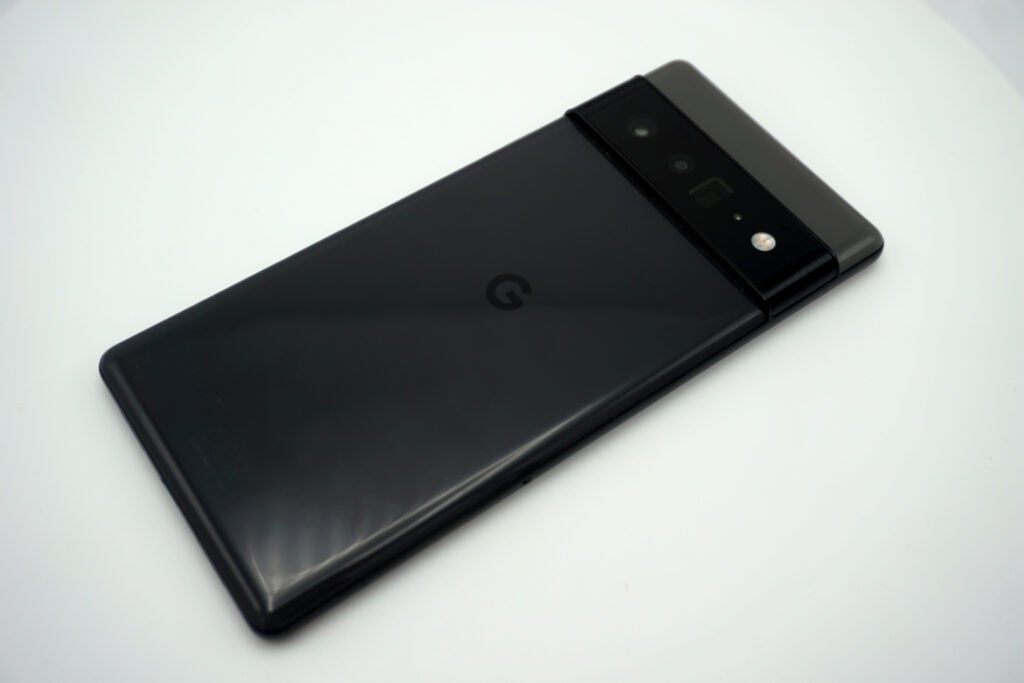
In terms of colours, Google went with three options, including Stormy Black, Cloudy White and Sorta Sunny. The camera strip on the phone allows for each model to have two different colours of glass on the back, giving them more personality than the previous models.
Specs
Both handsets have been packed with the newest chipsets and features from both companies, so it’s safe to say that it’s a tight competition in terms of what each phone can do.
Sticking with the iPhone, the 13 Pro comes with the latest A15 Bionic chipset, which has a six-core CPU, a four-core CPU and a 16 core Neural Engine, alongside 6GB RAM. In terms of storage, the iPhone 13 Pro comes in four variations; 128GB, 256GB, 512GB and 1TB, with the price increasing significantly as you opt for more storage.
Google surprised everyone last year when it was announced that the Pixel 6 would ditch the Qualcomm line of processors typically found on Android phones, and instead announced that it had made its own chipset known as Google Tensor.
Tensor is the first in-house chip made by Google, with the company claiming that it is significantly more impressive in key areas, including AI and multi-tasking.
The Pixel 6 Pro does fall short in terms of storage, as the only two options available are 128GB and 256GB. Even stranger, you can only buy the 256GB model in Stormy Black, so anyone hoping for a colourful handset will need to settle with the lowest storage option. It does win out in one area though by offering up twice as much RAM as Apple at 12GB.
You can check out the full specs list for each handset below, for an in-depth look at how they differ.
iPhone 13 Pro vs Pixel 6 Pro
Camera
Arguably one of the most focused on aspects of the iPhone 13 Pro was the new and improved camera; the model packs in three 12MP cameras on the back, with a wide f/1.5 lens, an f/1.8 ultra-wide for a 120-degree field of view, and an f/2.8 telephoto capable of 3x optical zoom.

The Pixel 6 Pro also includes three cameras, a 50MP Octa camera with f/1.85 lens, a 12MP ultra-wide f/2.2 sensor with a 114-degree field of view, as well as a 48MP telephoto camera that’s capable of 4x optical zoom.
Both models are also packing a variety of features, though it seems that Google won out here; Magic Eraser, Real Tone and various bokeh effects make this one of the best smartphone cameras available. It does fall short when looking at the zoom photography however, with our review noting that the 4x optical and 20x digital zoom put it behind many competitors.
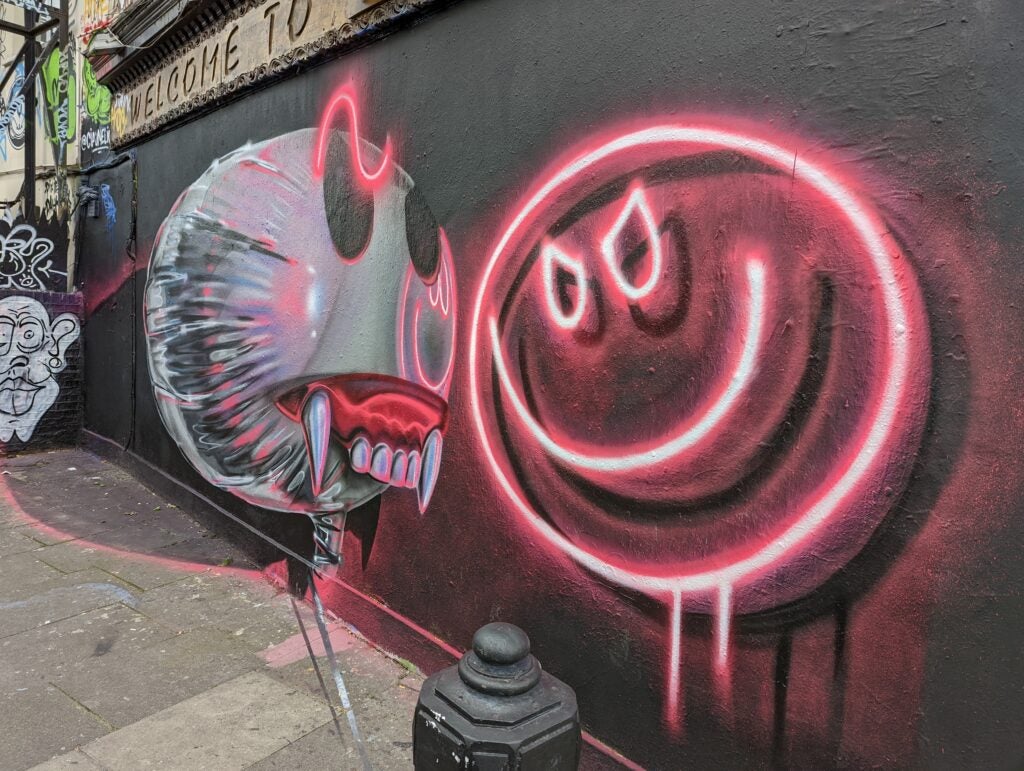
Apple seemed to put more emphasis on cinematography rather than photography, though it is still one of the best smartphone cameras around, coming in at number one in our list. Night Mode is a standout feature and can bring pitch-black environments to life, and Cinematic Mode is essentially Portrait Mode for video – allowing you to capture even more detailed video.
During testing, we found that both phones took excellent photos and video, with Pixel’s main downfall being the optical zoom capabilities. If the camera is an important aspect of your smartphone, you can’t really go wrong with either model.
Battery life
Since we’ve tested these handsets, we can say that both phones live up to the hype by having no problems in reachng the day under regular use.
The iPhone 13 Pro can be charged to 100% in under 100 minutes, but unfortunately it hasn’t moved away from the Lightning port. The Pro model does support both standard 7.5W Qi charging and Apple’s own MagSafe, if you prefer to go wireless.
The Pixel 6 Pro can also fare well throughout the day, but we noted that certain tasks drained the battery, with offline games losing as much as 25-30% of the charge per hour. However, charging the 6 Pro is a considerably quicker affair with support for 30W fast charging.
Veridict
The iPhone 13 Pro and the Pixel 6 Pro are very different phones, with the iPhone costing more money out the gate for example, but also available in more variations in terms of colour and storage. With both boasting brand new chipsets and new camera-set ups, you may find that a lot of this comes down to if you prefer iOS or Android because in terms of performance, both handsets are powerful.
One of the bigger issues actually concerns bugs arising after the phones releases, as the Pixel 6 line-up has been smattered with issues since its launch, with the latest concerning a loss of call features.
Bugs aside, both the iPhone 13 Pro and the Pixel 6 Pro are seriously impressive handsets and are solid upgrades for anyone after a new phone, so it’ll be a matter of preference as to whether you prefer interacting with iOS or Android on a daily basis.


